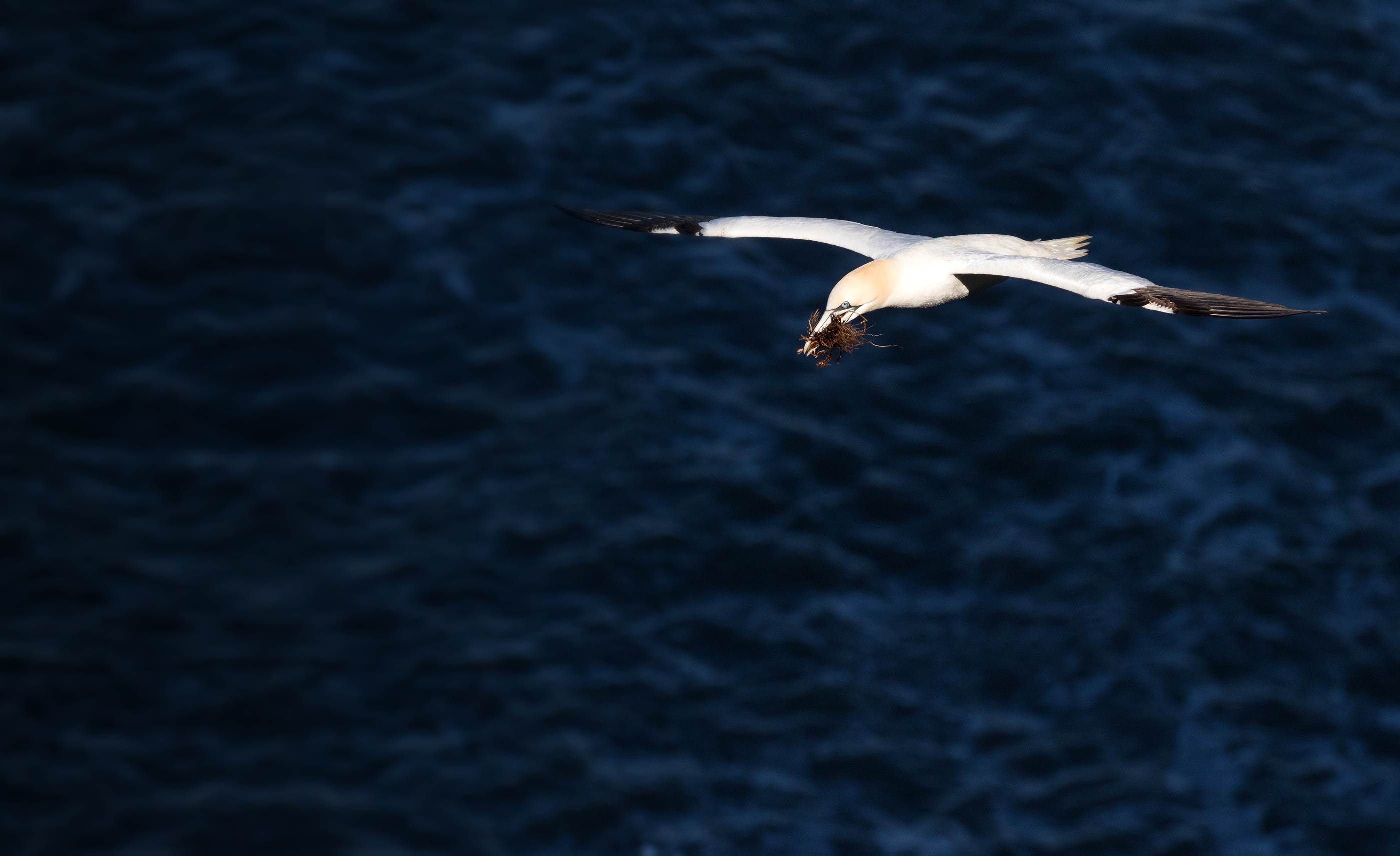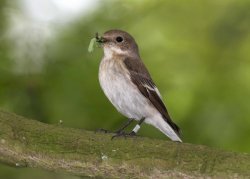Late starts on RAS in 2013
Unprecedented: Pied Flycatchers and tits starting to
breed at the same time.
Ringers involved in RAS projects aim to monitor the survival rates of their chosen study populations by retrapping ringed birds or resighting colour-ringed individuals each year. To do this they need to develop a good understanding of ‘their’ birds – when do they return to their territory, when do they start building their nests and when do they normally rear chicks. Following this year’s cold spring, many RAS ringers have had to re-arrange their plans. Reports certainly seem to suggest that some of the earlier nesters have had the biggest delay. Here are some of the reports we’ve had:
Pied Flycatchers by Malcolm in Devon
I have first arrival dates from 1986 this is the latest first arrival date since 1990. … Flycatchers laying before tits would be unprecedented, but distinctly possible.
Kittiwakes by Mark in Cornwall
Yesterday (5th July) was spent catching up with my Kittiwakes, but this didn't entirely go to plan. In perfect weather, the colony was worryingly quiet and a scan through produced a few sat birds but the only birds I could see on anything were three pairs on a total of four eggs! I know the season is a bit late, but compare this to 5th July last year when I counted 32 chicks, some of which were well on their way to fledging...
House Martin and Swallow by Roger in Devon
My early visits suggest that there were very few House Martin pairs in residence - probably no more than 10, whereas most years there are in excess of 30. So very disappointing and I am no nearer to solving 'The Mystery of the Disappearing House Martins' (Enid Blyton or Agatha Christie??).
Swallows, in contrast, seem to be doing well with at least four pairs in the stable block. Two broods of well grown young ringed (five each) and the others yet to embark on laying second clutches having fledged earlier young.
Blackbird by Allison in Norfolk
This year, in mid-April, we were still catching birds heavy with fat for their migration to continental Europe – they normally go by end March. Of our local birds we have only seen a dozen male Blackbirds and virtually no females, many fewer than normal.
Siskin by Jeff in Norfolk
We didn’t catch the first juveniles until 18 May a massive five weeks later than last year and three to four weeks later than normal. Currently numbers of juveniles is looking low even taking into account the late season, much like last year but Siskin have many nesting attempts so we’re hoping numbers will pick-up later in the year.











Share this page